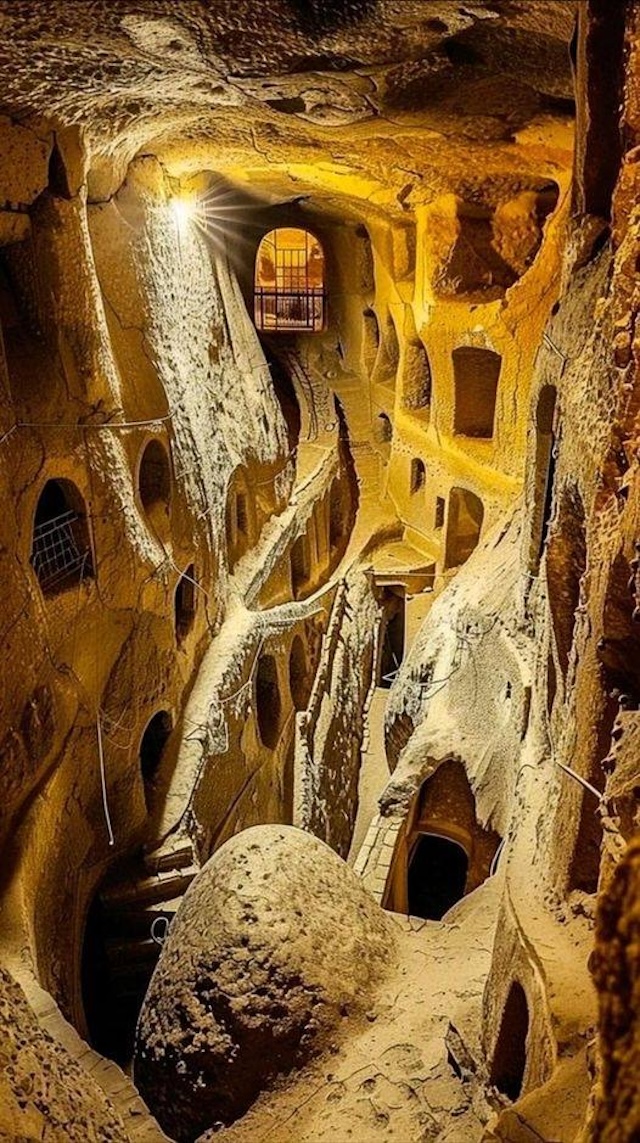Ancient Pompeii, buried by the eruption of Mount Vesuvius, offers a unique glimpse into Roman life through its preserved artifacts. From haunting body casts to vibrant frescoes and a 2000-year-old loaf of bread, these treasures tell the story of a city frozen in time. Join us as we explore the top 7 artifacts that continue to captivate and educate.
Introduction to Ancient Pompeii
Ancient Pompeii, a city frozen in time, offers a unique and haunting glimpse into the daily life of a Roman city before it was buried by the catastrophic eruption of Mount Vesuvius in AD 79. The volcanic ash that covered Pompeii preserved many artifacts, providing invaluable insights into Roman culture, art, and society. Among these treasures are seven standout artifacts that continue to captivate historians and tourists alike.
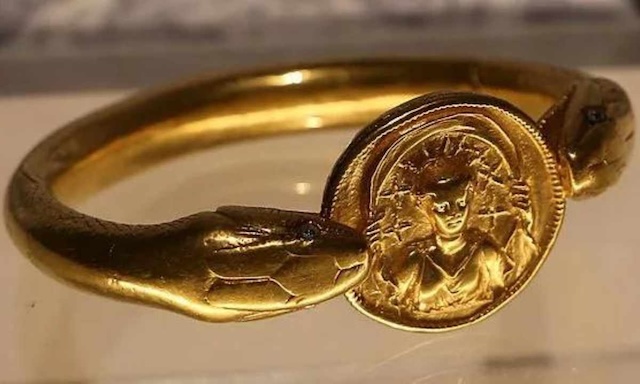
Casts of Bodies Frozen in Time
One of the most haunting and poignant discoveries in Pompeii is the casts of bodies frozen in their final moments. When the volcanic ash hardened around the victims, it created molds that archaeologists later filled with plaster to recreate the forms of the deceased. These casts provide a stark and emotional connection to the past, capturing the desperation and tragedy of the eruption. The casts of men, women, and children, found in various poses, tell a silent story of panic and helplessness during the catastrophic event.

The 2000-Year-Old Loaf of Bread
Among the everyday items preserved in ancient Pompeii is a loaf of bread, carbonized yet remarkably intact after 2,000 years. This artifact offers a tangible connection to the daily lives of Pompeii’s inhabitants, showcasing their diet and baking techniques. The bread, found in an oven, was likely left to bake as its owner fled the impending disaster. This simple loaf not only provides insight into the culinary practices of ancient Romans but also serves as a poignant reminder of the suddenness with which life was interrupted.

Frescoes and Wall Paintings
The vibrant frescoes and wall paintings found throughout Pompeii are masterpieces of ancient art. These colorful depictions of mythological scenes, landscapes, and daily activities adorned the walls of homes and public buildings. They provide a vivid portrayal of Roman aesthetics, beliefs, and social practices, and their preservation allows us to appreciate the artistic achievements of the time.
The frescoes in the Villa of the Mysteries, for example, depict elaborate and enigmatic initiation rites of the Dionysian cult, offering a rare glimpse into the religious practices and secretive rituals of ancient Rome.
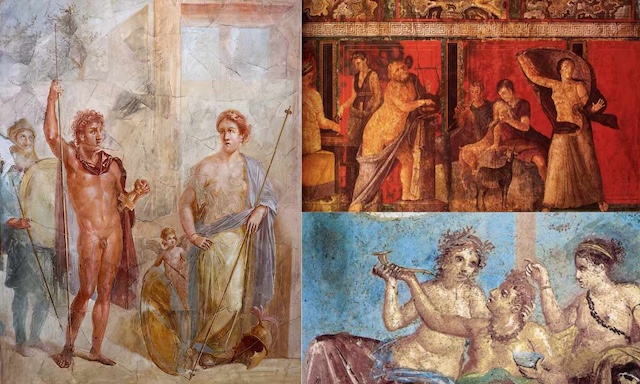
The Gladiator Barracks
The Gladiator Barracks, or the “Ludus Gladiatorius,” is another significant find in ancient Pompeii. This complex served as the training ground and living quarters for gladiators. The barracks include a training arena, living spaces, and a collection of gladiatorial equipment, offering insights into the lives of these ancient warriors and the brutal entertainment they provided.
The discovery of the skeletons of gladiators, along with their armor and weapons, paints a vivid picture of the harsh and often short lives of these fighters.

The House of the Faun
The House of the Faun is one of Pompeii’s grandest residences, named after the bronze statue of a dancing faun found in its atrium. This luxurious villa spans an entire city block and features stunning mosaics, including the famous “Alexander Mosaic,” which depicts the Battle of Issus between Alexander the Great and Darius III. The house exemplifies the wealth and sophistication of Pompeii’s elite. The intricate mosaics and grand architecture reflect the opulence and cultural richness of the period.
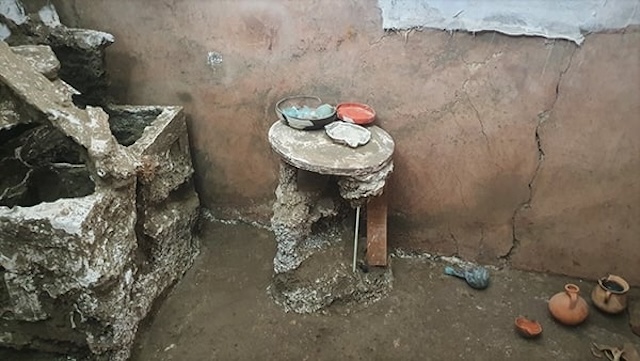
The Villa of the Mysteries
The Villa of the Mysteries is renowned for its well-preserved frescoes that depict mysterious initiation rites of the Dionysian cult. These elaborate and enigmatic paintings cover the walls of a room within the villa, offering a rare glimpse into the religious practices and secretive rituals of ancient Rome. The villa’s name and its frescoes continue to intrigue and fascinate scholars and visitors. The vivid colors and detailed scenes provide a window into the spiritual and ceremonial life of the time.
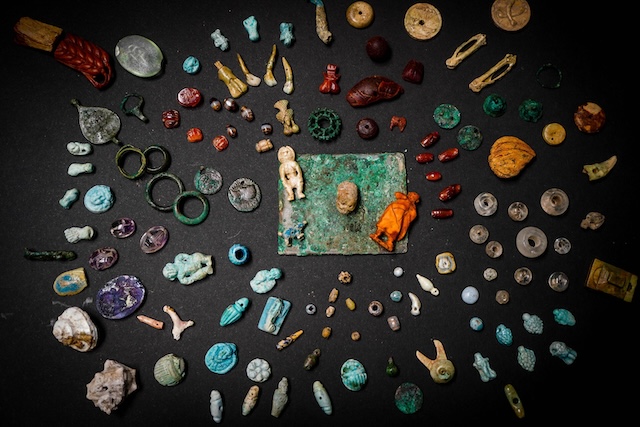
The artifacts of Pompeii provide a remarkable window into the past, preserving the city’s final moments and offering insights into Roman life, culture, and art. From the haunting casts of bodies to the vibrant frescoes and everyday items like the 2000-year-old loaf of bread, these treasures continue to educate and inspire. The legacy of Pompeii endures, reminding us of the city’s tragic end and its enduring impact on our understanding of history.
